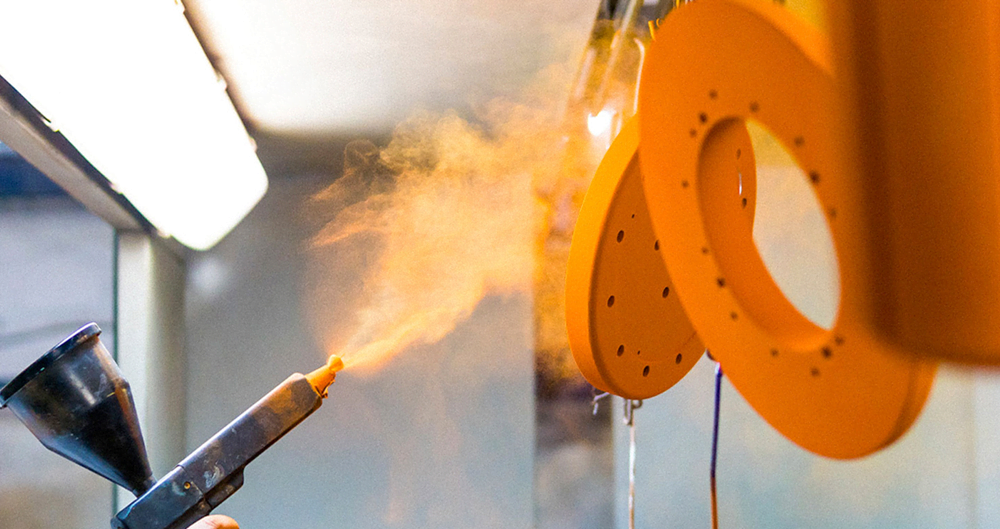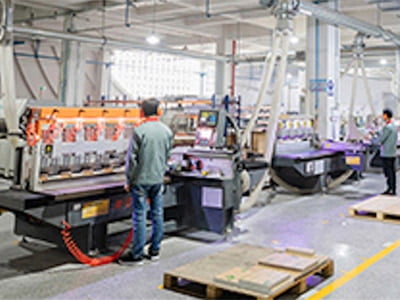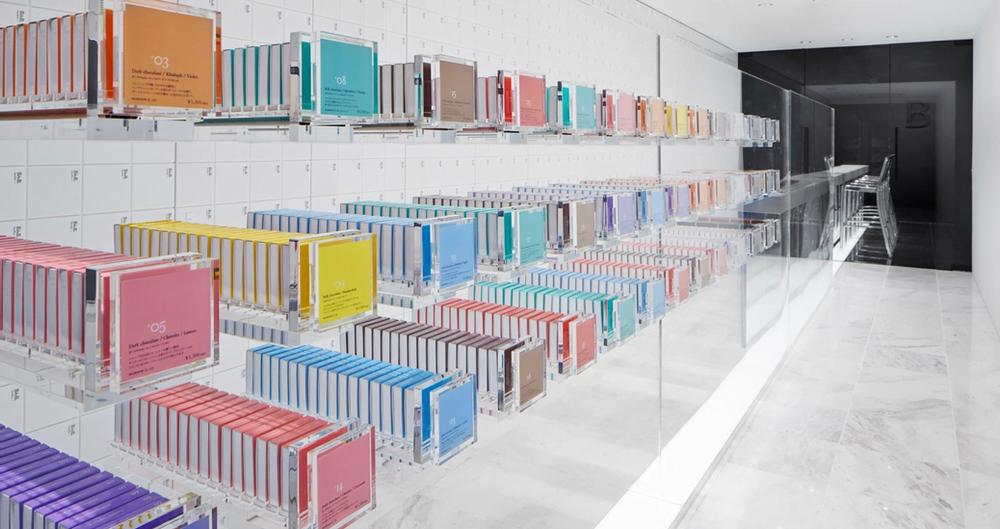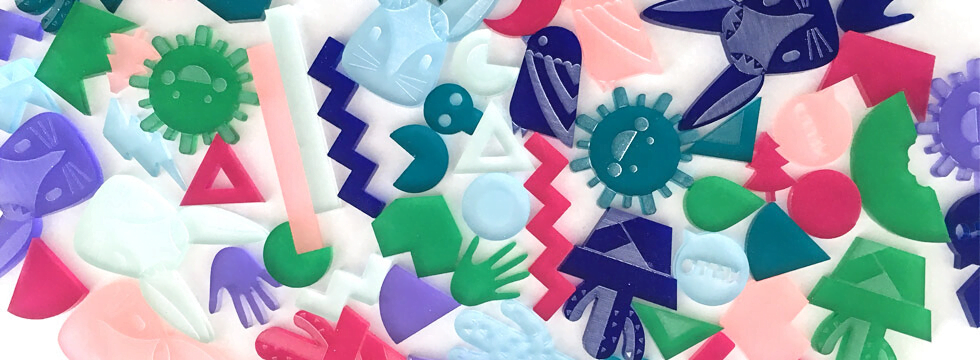By Yan Luo | Samtop Display
Table of Contents
Why This POP Format Choice Could Make or Break Your Retail ROI
You’ve got a killer campaign ready to launch — new packaging, seasonal offer, prime retail partner onboard. But here’s the question your project team needs to answer fast:
Should you go with a floor-standing POP unit, a counter display — or both?
Pick wrong, and you could lose prime visibility or blow your budget on the wrong format. Pick right, and you’ll drive engagement, conversion, and logistical efficiency.
At Samtop, we help brands like Fendi, SK-II, and Travel Blue make smart POP format decisions based on shopper behavior, store layout, and launch goals.
✅ Short Answer
- Floor Displays command attention, hold more stock, and shine in open-store zones like endcaps or promo areas.
- Counter Displays drive impulse interaction, suit premium SKUs, and work near checkout or boutique tester zones.
- The best choice depends on product size, campaign objective, store type, and rollout budget.
📌 Floor = dominance
📌 Counter = intimacy
🎯 Which Format Should You Use? Let’s Break It Down
There’s no one-size-fits-all. This guide walks through key differences in visibility, structure, cost, logistics, and — most importantly — what works for your shopper moment.
🧠 1. What Is a Floor-Standing POP Display?
A Floor-Standing Display Unit (FSDU) is a self-supporting, full-height structure placed directly on the retail floor.
| Feature | Advantage |
|---|---|
| Large footprint | Increases visibility from multiple angles |
| High SKU capacity | Holds 10–50 units — ideal for multi-SKU launch |
| Tiered design | Can include shelves, risers, signage, sides |
| Freestanding | No wall or shelf dependency |
| Ideal for | Mass SKUs, seasonal kits, travel retail |
✅ Best placed near aisle ends, front of store, or event zones.
📌 Floor units must be engineered for weight load, anti-tipping, and shipping stress.
🛒 2. What Is a Counter POP Display?
Counter displays are compact units placed on checkout counters, cosmetic bars, or boutique alcoves.
| Feature | Advantage |
|---|---|
| Small footprint | Fits anywhere with minimal install effort |
| Eye-level access | Captures attention during payment wait |
| Premium-friendly | Highlights testers, luxury items |
| Lower MOQ | Efficient for limited launches or GWPs |
| Ideal for | Perfume, gadgets, accessories, beauty items |
✅ Best for impulse zones, near testers, or in-store staff engagement.
📌 Can include interactive elements like drawers, lights, QR triggers.
🧩 Real Case: Travel Blue Airport Retail Strategy
Challenge: Global travel accessory brand Travel Blue needed a unified POP strategy for high-traffic duty-free stores in Europe and Asia.
- Product Range: Headphones, neck pillows, adapters — mix of low and mid-ticket items
- Display Zones: Counter area near staff + open floor near boarding pass check
- Constraint: Each retailer had different fixture allowance, limited install time
Our Solution:
- A modular POP ecosystem combining floor FSDUs for multi-SKU setups
- Counter trays with adjustable risers for key products
- Knock-down packaging for easy global shipping
💡 Outcome:
🛫 Increased impulse sales by 34% in Frankfurt Airport within 6 weeks
📦 Reduced logistics cost per unit by 18% using compact knock-down formats
🔄 3. When to Use Floor vs. Counter
| Scenario | Recommended Format |
|---|---|
| Mass promotion across retail chains | Floor display — holds more, grabs more |
| Limited edition perfume tester or GWP | Counter display — touch-friendly, intimate |
| Poor shelf visibility in crowded category | Floor — raise SKUs into line-of-sight |
| Boutique launch with sales support | Counter — easier storytelling near staff |
| Multi-country rollout with logistic constraints | Counter or hybrid with KD |
📌 Many brands mix both: use floor displays for brand blocks, counter units for hero SKUs.
🧱 4. Structural & Logistics Considerations
| Factor | Floor Display | Counter Display |
|---|---|---|
| Material strength | Must hold 10–30kg | Lightweight usually sufficient |
| Shipping volume | Higher unless knock-down | Small, easy to ship |
| Setup effort | May need tools, training | Plug-and-play |
| Durability | Ideal for 1–6 months | Often for short-term promotions |
| Reusability | Can store flat, reuse annually | Easy to store or replace |
✅ Choose modular design (floor + counter + interchangeable parts) to future-proof your rollout.
💬 FAQ
Q: Can I use a counter display just for the top product?
✅ Absolutely — brands often place hero SKUs on glorifiers and keep supporting SKUs on shelf or in drawers.
Q: How much more expensive is a floor display?
✅ On average, floor units cost 2–3x more than counter units, but they hold more stock and command stronger visual real estate.
Q: Can one display serve both functions?
✅ Yes — we offer kits with pedestal bases that convert from countertop to floor-ready setups.
🎯 Conclusion: Choose Based on Purpose, Not Just Budget
✔️ Floor POP = dominance, inventory, visual presence
✔️ Counter POP = intimacy, premium engagement, fast trials
✔️ Match format to: product type, store traffic, rollout method
✔️ Use hybrid modular kits for cost control and brand consistency
At Samtop Display, we engineer POP systems that adapt — to different SKUs, locations, timelines, and budgets — without sacrificing creativity or quality.
📩 Need Help Choosing Between Floor & Counter Displays?
We provide:
🧱 Format mockups & prototypes
📦 Modular POP kits for scale
🔧 Structural testing & KD packaging
💡 Floor-to-counter conversion kits
📧 [email protected]
🌍 www.samtop.com
🔧 SEO Optimization Checklist
- Title Tag: Floor vs. Counter POP Displays: Which Format Works Best? | Samtop Display
- Meta Description: Learn how to choose between floor-standing and counter POP displays. Compare visibility, logistics, shopper behavior and see real case examples.
- URL Slug:
/blog/floor-vs-counter-pop-display - Primary Keywords: floor display vs counter display, POP formats, retail display comparison
- Secondary Keywords: travel retail display, FSDU vs counter tray, modular POS kits, shopper engagement display
- Internal Links:
/contact– lead form/portfolio– display case gallery/blog/pop-vs-pos-display-differences- External Links:
- Retail Display Standards
- Travel Blue Case Reference




